Neighborhood Information and Sightseeing MAP
Information on sightseeing in Suo Oshima and other areas of the Seto Inland Sea
We introduce information and sightseeing information around Setonoututu.
Our easily accessible location allows you to visit Suo Oshima as well as sightseeing spots such as Onomichi and Shimonoseki.
Wide area tourism
Narrow down by area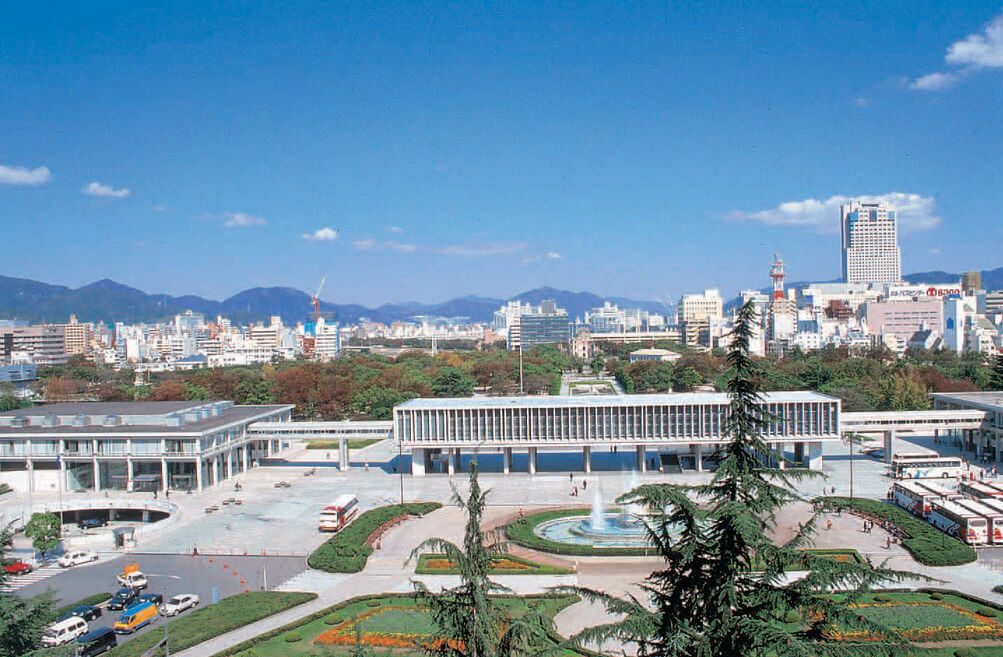
Hiroshima Peace Memorial Museum
Hiroshima Peace Memorial Museum is a must-see together with the Atomic Bomb Dome. The museum tells the story of the devastation of Hiroshima, the first city in the world to be damaged by an atomic bomb, and the reality of the many hibakusha who died in the atomic bombing. Inside the museum, more than 20,000 items related to the atomic bombings and disasters are on display, and Hibakusha give lectures on their experiences of the bombings, allowing visitors to experience the horrors of the atomic bombings and war at close hand.
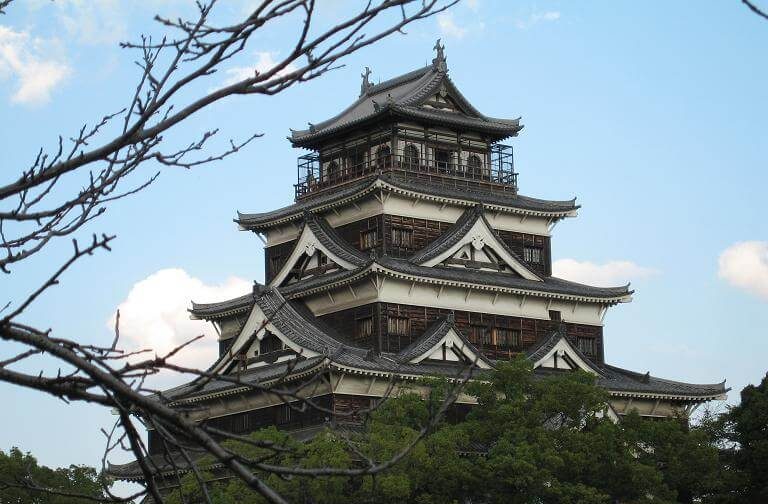
Hiroshima Castle
Hiroshima Castle was built in Hiroshima, Sato-gun, Aki Province, during the Azuchi-Momoyama to Edo periods, and is designated as a national historic site. It is also known as one of Japan's three great flat castles, along with Nagoya Castle and Okayama Castle. Inside the castle tower is a history museum that offers a fascinating look at the development of Hiroshima and its samurai culture. The castle keep is also illuminated at night, offering a beautiful view of the castle.
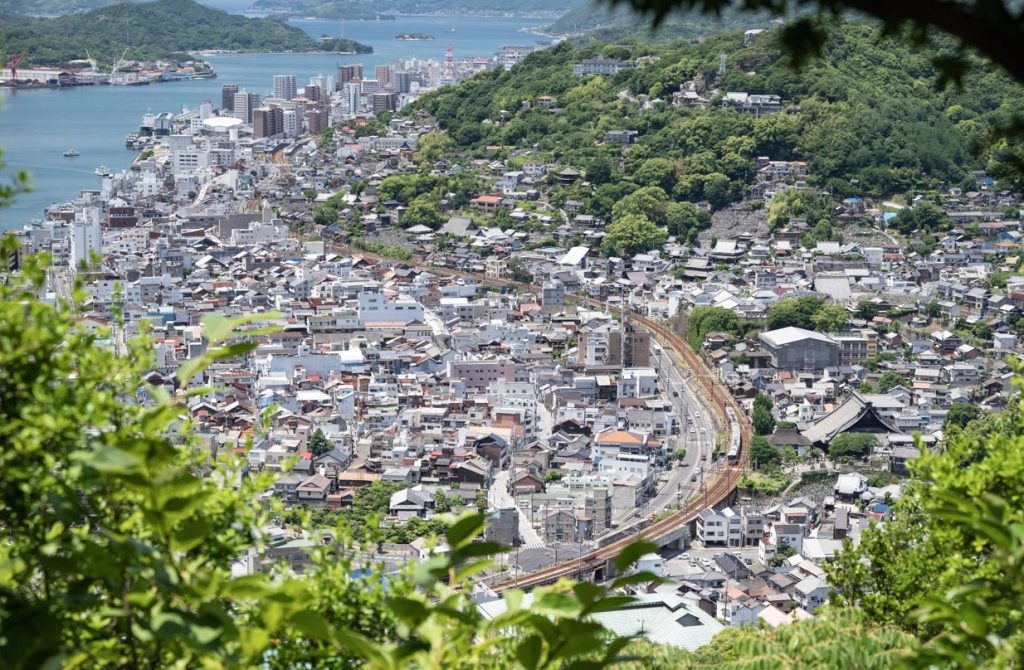
Onomichi
Onomichi, a city facing the Seto Inland Sea, is characterized by its retro townscape, labyrinthine hillside alleys, and a mix of temples, shrines, and private homes, and was recognized as a Japanese Heritage site in 2015 as a "Hakoniwa-like City. The Shimanami Kaido is located here, attracting attention from Japan and abroad as a town for cyclists, and the historic retro townscape, including Senkoji Temple and the Onomichi Main Street shopping street, is full of attractions.
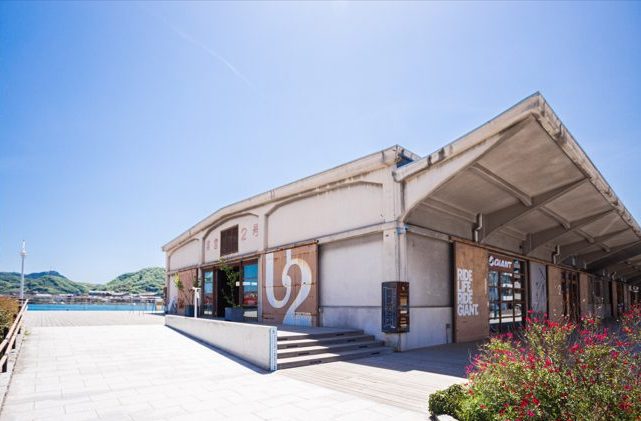
ONOMICHI U2
ONOMICHI U2 is a vast space renovated from a shipping warehouse and equipped with restaurants, bars, cafes, lifestyle stores, and other facilities. It is the first hotel in Japan where guests can check in with their bicycles in hand, and it also has a store selling some of the world's leading bicycle brands, making it a perfect base for cycling along the Setouchi-Shimanami Kaido. The hotel is also equipped with rental bicycles for guests only.
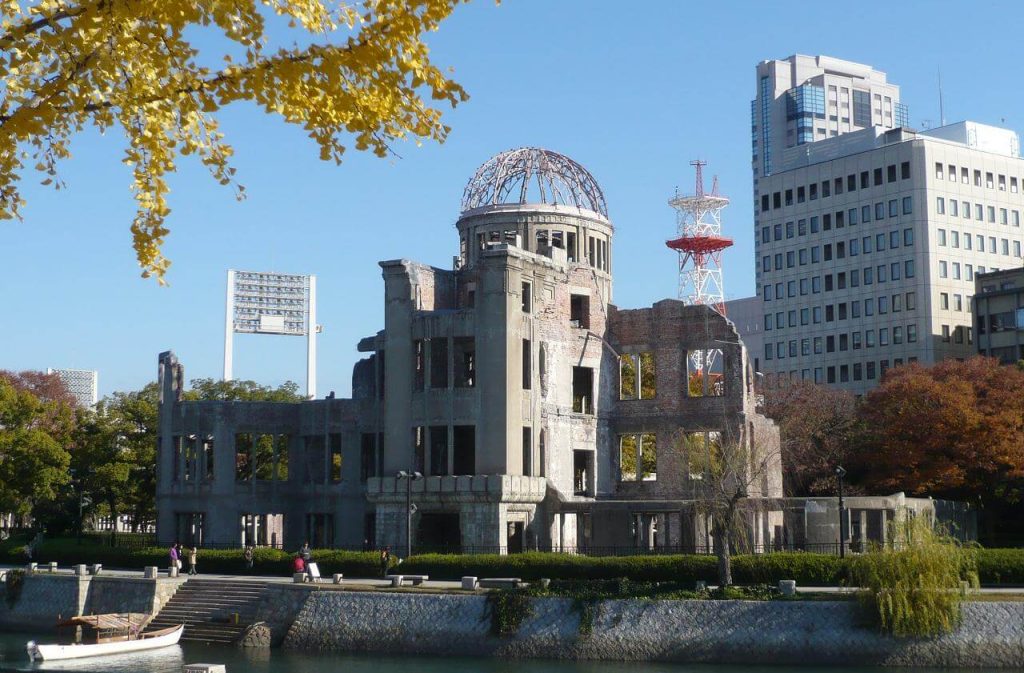
Atomic Bomb Dome
The Atomic Bomb Dome was registered as a World Heritage Site in 1996, and is a valuable reminder of the tragedy of war and the desire for peace. It is a must-visit spot for those who want to learn more about the city of Hiroshima, as it provides a close look at the background leading up to the atomic bombing and the history of Hiroshima after the bombing.
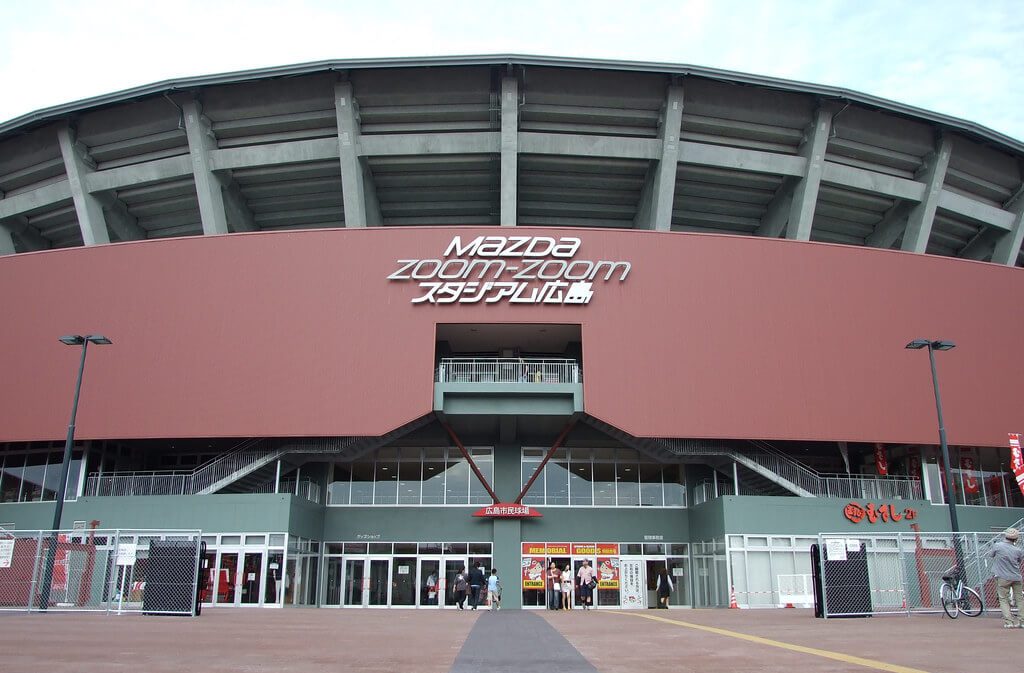
Mazda Zoom-Zoom Stadium
Mazda Zoom-Zoom Stadium Hiroshima is a baseball stadium located in Hiroshima City. It is used exclusively by the Hiroshima Toyo Carp of the Central League, a professional baseball team, and is a great place to enjoy watching baseball games. Even if you are not a particular baseball fan, you will surely enjoy the realistic atmosphere of the venue where you cheer for the game and the abundant gourmet food at the stadium.
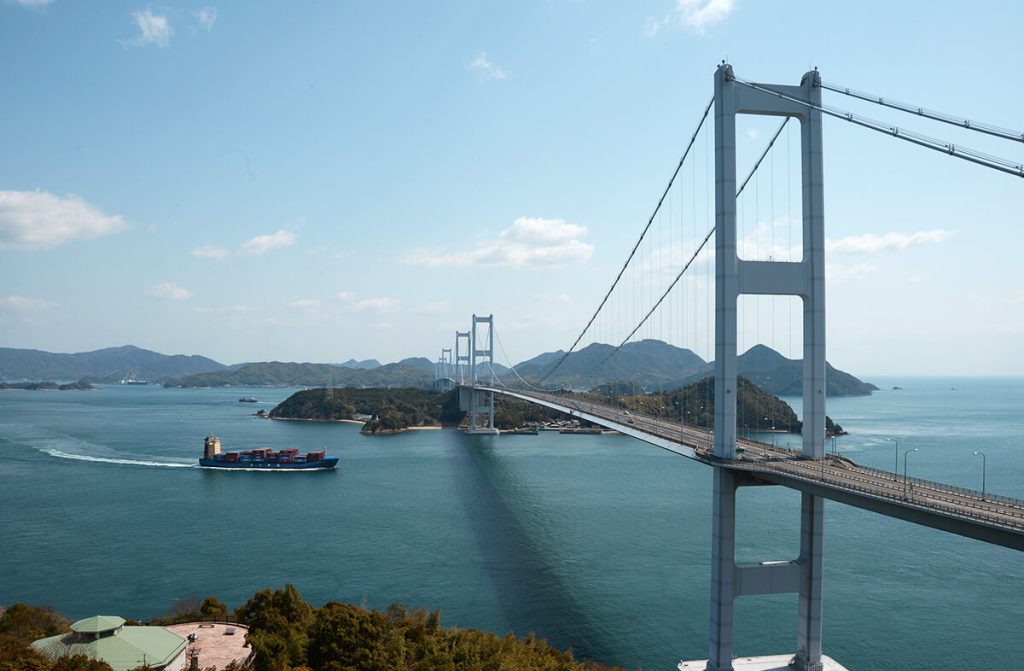
Kurushima Kaikyo Bridge
The Kurushima Kaikyo Bridge is the collective name for three suspension bridges with a total length of 4.1 km connecting Oshima and Shikoku. It is the world's first triple suspension bridge consisting of three long bridges, Kurushima Kaikyo Daiichi Ohashi, Kurushima Kaikyo Daini Ohashi, and Kurushima Kaikyo Dai-san Ohashi, and is also famous as a cycling course. From the bridges, visitors can enjoy the view of the Kurushima Kaikyo and see the whirlpools that are rarely seen anywhere else.
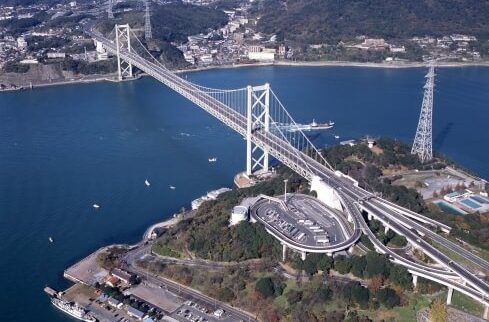
Kanmon Straits
The Kanmon Straits separate Honshu and Kyushu in Japan. The Kanmon Straits area is dotted with view spots where visitors can enjoy beautiful scenery, such as the Wabukari Park area where visitors can feel the sound of the tides and watch large ships pass by, the Wabukari No. 2 Observatory where a panoramic view from Mojiko to Shimonoseki spreads out below, and Norfolk Square where the Kanmon Straits stretch out before their eyes.
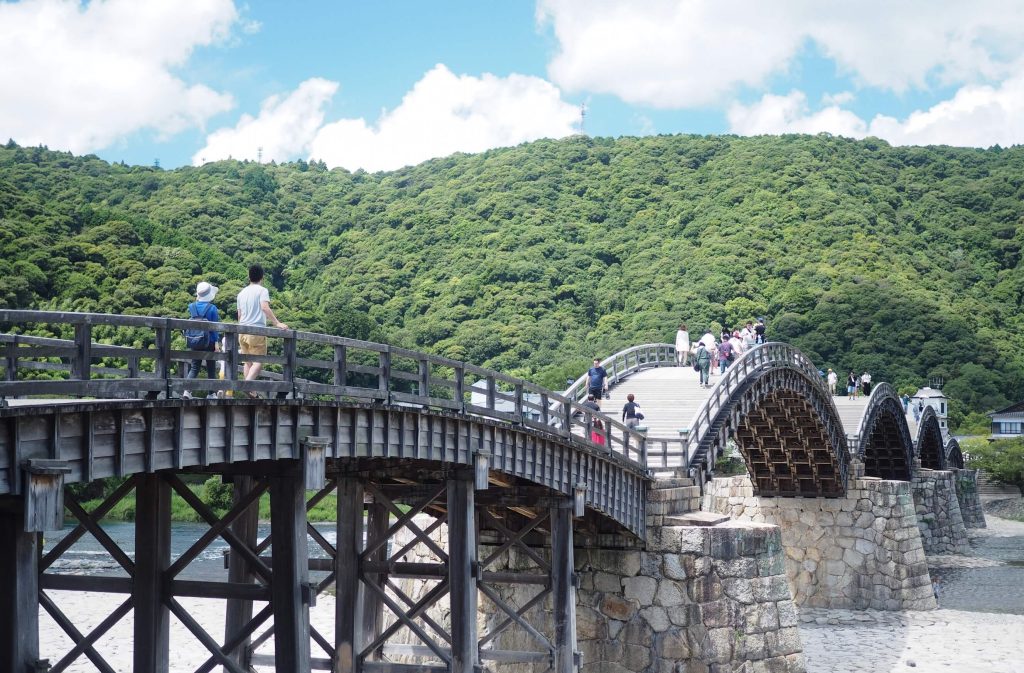
Kintai Bridge
Kintai Bridge, which spans the Nishiki River flowing through Iwakuni City, was built more than 350 years ago and is characterized by its five-linked structure. Its distinctive arch shape is rare in the world, and it is designated as a national place of scenic beauty. It is said to be one of the three strangest bridges in Japan, and is definitely worth a visit. The elegant scenery is enhanced by cherry blossoms in spring, green trees in summer, and autumn leaves in fall.
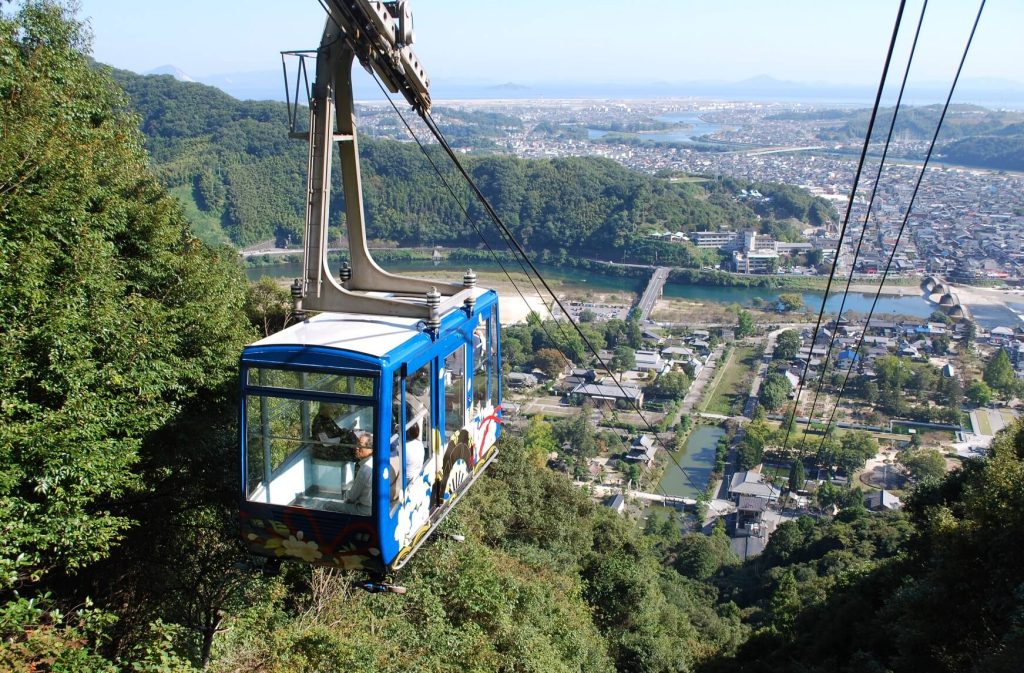
Iwakuni Castle (Ropeway)
Iwakuni Castle was built by Hiroie Yoshikawa. Today, the ruins of the castle's doghouse are maintained as Yoshika Park, and the reconstructed castle tower is located at the top of Yokoyama Mountain, which can be reached by a ropeway. The castle tower has an observatory from which you can view the whole of Iwakuni City, Iwakuni Kintai Bridge, Iwakuni Kintai Bridge Airport, islands in the Seto Inland Sea, Shikoku Island, and Miyajima Island. The view of the castle tower from Kintai Bridge, one of the three most famous bridges in Japan, is also exceptional.
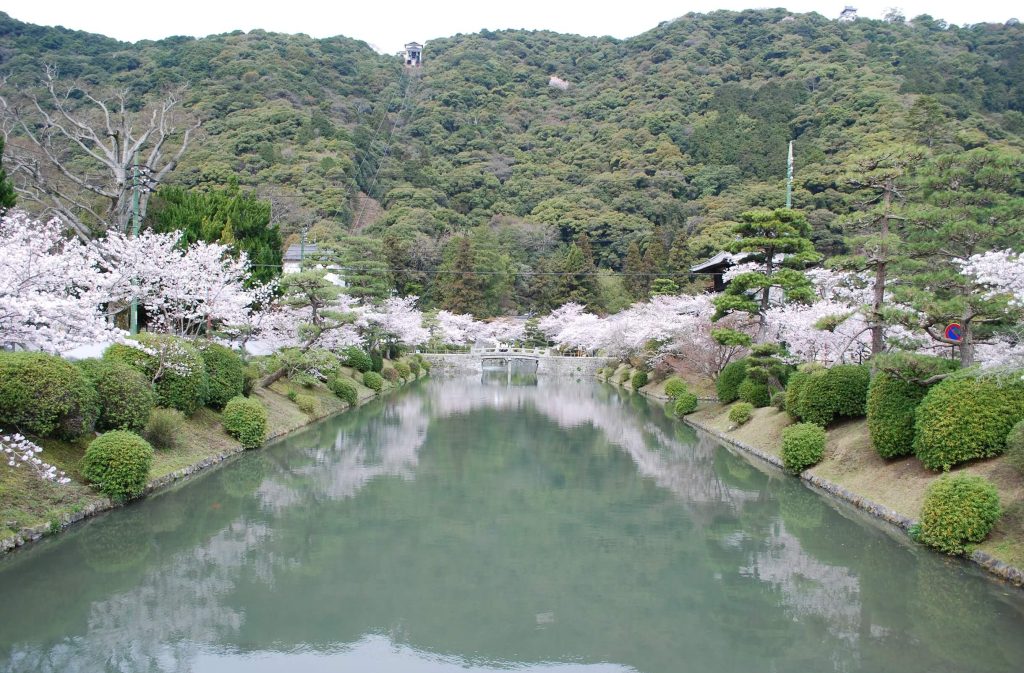
Yoshika Park
Yoshika Park is a large park built on the site of the former Yamaguchi Prefectural Iwakuni High School and has been selected as one of the 100 best historical parks in Japan. The park is a place for citizens to relax on the lawn, in the shade of trees, or on benches. The park is also known for its cherry blossoms, and together with Kintai Bridge, has been selected as one of the 100 best cherry blossom viewing spots in Japan.
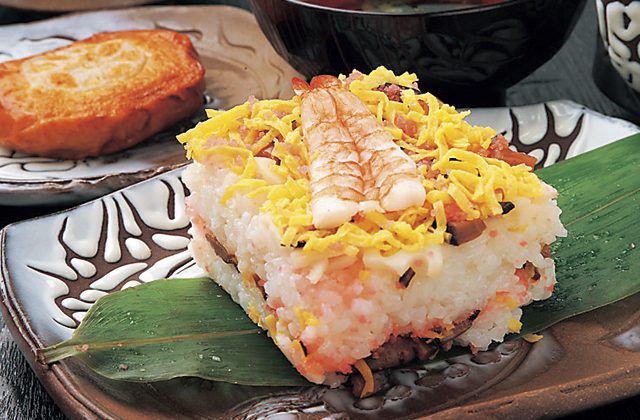
Kintai Teahouse
Kintai Chaya is a restaurant on the second floor of the Kintai Bridge Bus Center, from where you can enjoy a panoramic view of the powerful Kintai Bridge area. The signature dish is Iwakuni-zushi, a local delicacy that looks and tastes wonderful. You can also taste other local specialties. The souvenir shop "Observation Market" located next to the restaurant offers a wide variety of specialties from Iwakuni City and Yamaguchi Prefecture, so be sure to stop by.
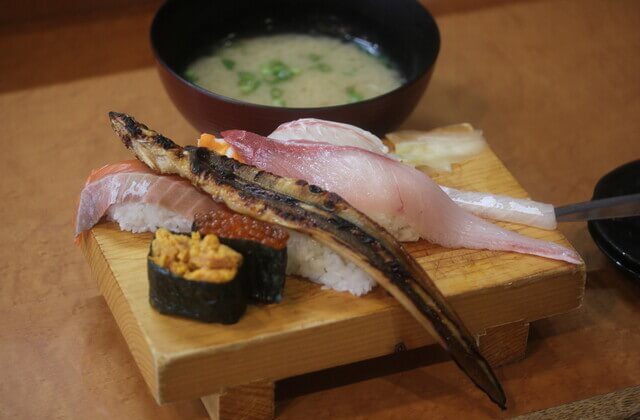
Riki Sushi
This sushi restaurant is located in a quaint Japanese-style house. The signature dish, jumbo sushi, features a 20 cm piece of fresh neta on top of rice that is twice the size of normal rice, a volume that is hard to find anywhere else. The price is also reasonable, with jumbo sushi and soup included in the set for the low price of 1,650 yen. Reservations are required due to the restaurant's popularity.
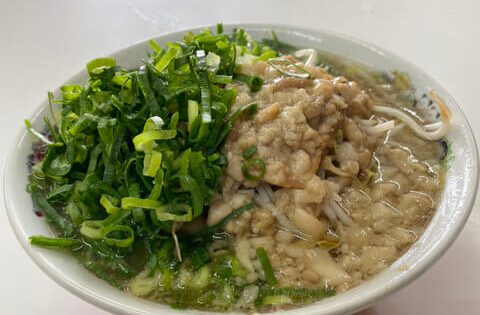
Juehiro Shokudo
Located in front of Iwakuni Station, Jueihiro Shokudo serves delicious old-fashioned Chinese noodles based on pork bone and soy sauce. Known as Iwakuni's soul food, it has a reputation as "the place to go for Iwakuni ramen." Its rich, yet not cloying, old-fashioned Chinese noodles are loved by people from inside and outside of Iwakuni. If you are looking for ramen in Iwakuni City, why not stop by Juehiro Restaurant first?
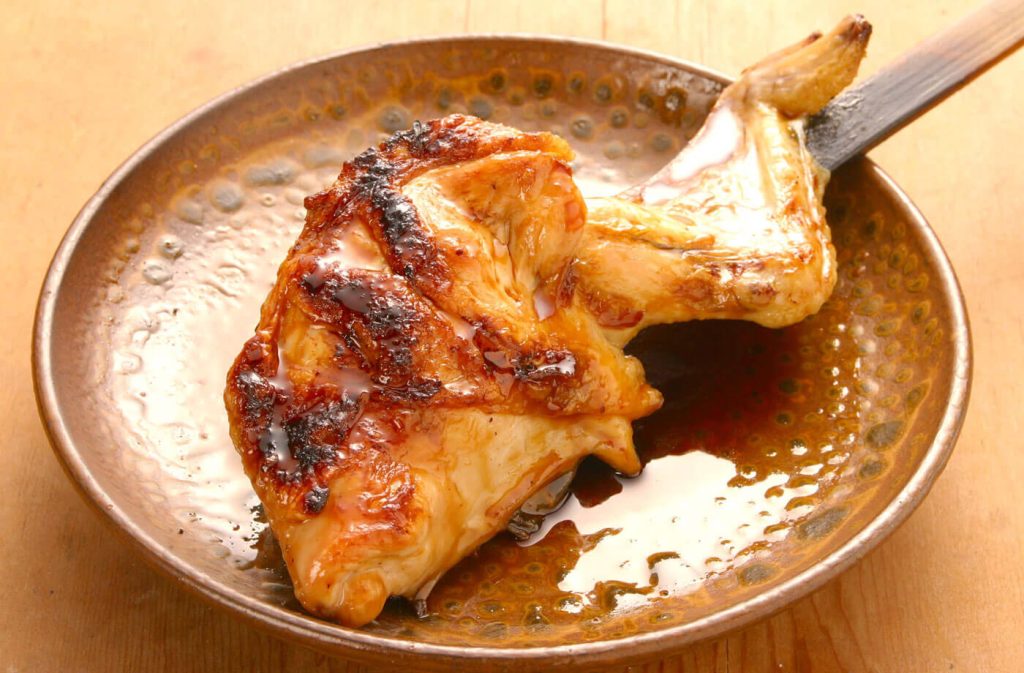
Irori Sanzoku
The restaurant offers a variety of exquisite dishes, including the famous "Sanzoku-yaki" and "Sanzoku Udon" that make you want to go out of your way to eat them. The "Sanzoku musubi," the best rice ball to finish off your meal, is also very popular because it is different from ordinary rice balls. The restaurant's atmospheric, mountain hut-inspired interior will whet your appetite and allow you to experience traditional Japanese culture and the spirit of the Japanese people firsthand.
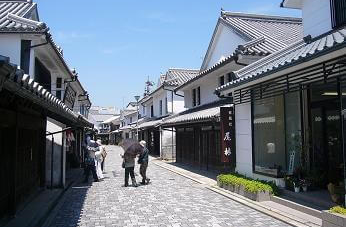
Shirakabe no Machinami
Shirakabe-no-machinami, a section of the town where Edo period storehouse-style buildings still remain, is lined with rows of Edo period merchant houses on both sides facing a 200-meter street. During the feudal domain era, this town was called "Onodo" of the Iwakuni domain, and was bustling with the coming and going of big eight-wheeled carts full of products. Visitors can stroll through the nostalgic retro townscape, imagining the bustle of those days.
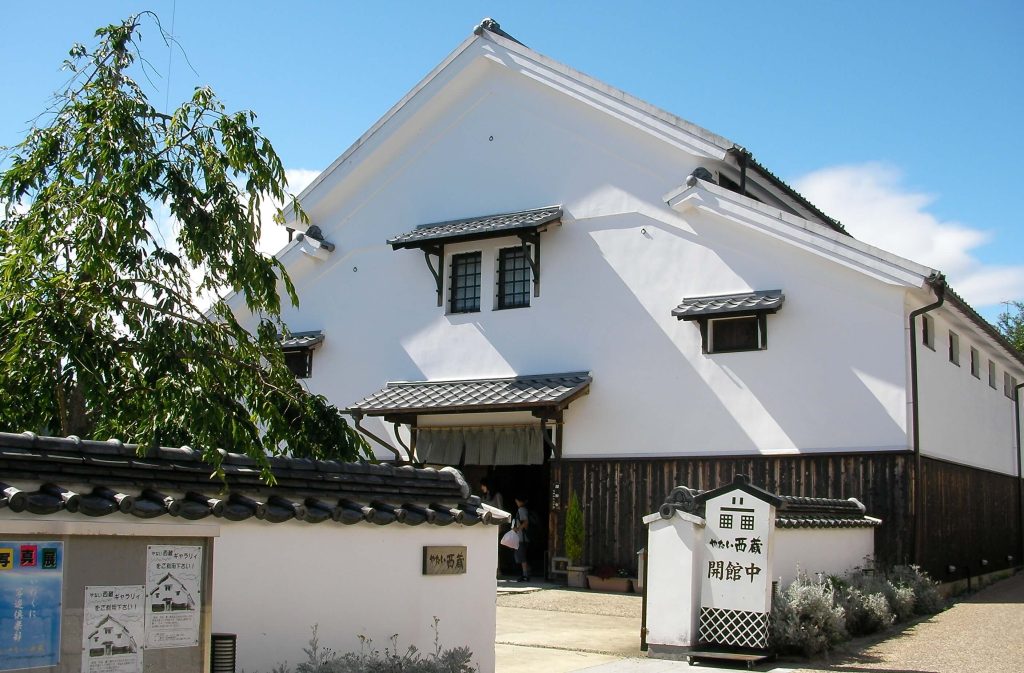
Yanai West Storehouse
Built in the late Taisho period (1912-1926), this white-walled storehouse was used as a soy sauce warehouse until around 1980, when it was renovated and turned into a tourist complex with a gallery and hands-on workshops in April 2001. It was renovated and transformed into a gallery and hands-on workshop in April 2001.
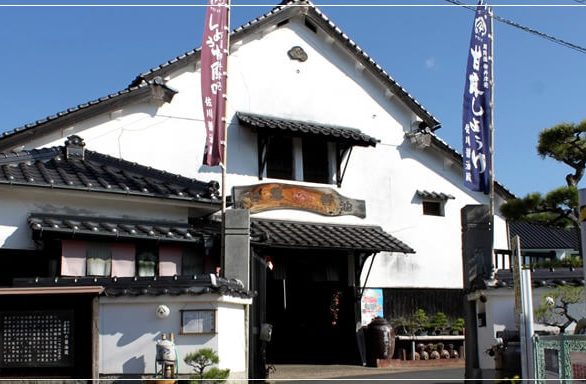
Sagawa Soy Sauce Brewery
The Sagawa Soy Sauce Brewery is the manufacturer of "nandoro shoyu," a soy sauce with a deep and mild flavor, and has been in business for more than 100 years. The building is still used as a brewery. It takes twice as long as usual to produce the nectar of soy sauce, and there is an anecdote that the feudal lord of Iwakuni praised it with the words, "nectar, nectar. Even today, the soy sauce continues to be made in the same way as in the past and has gained many fans throughout Japan.


